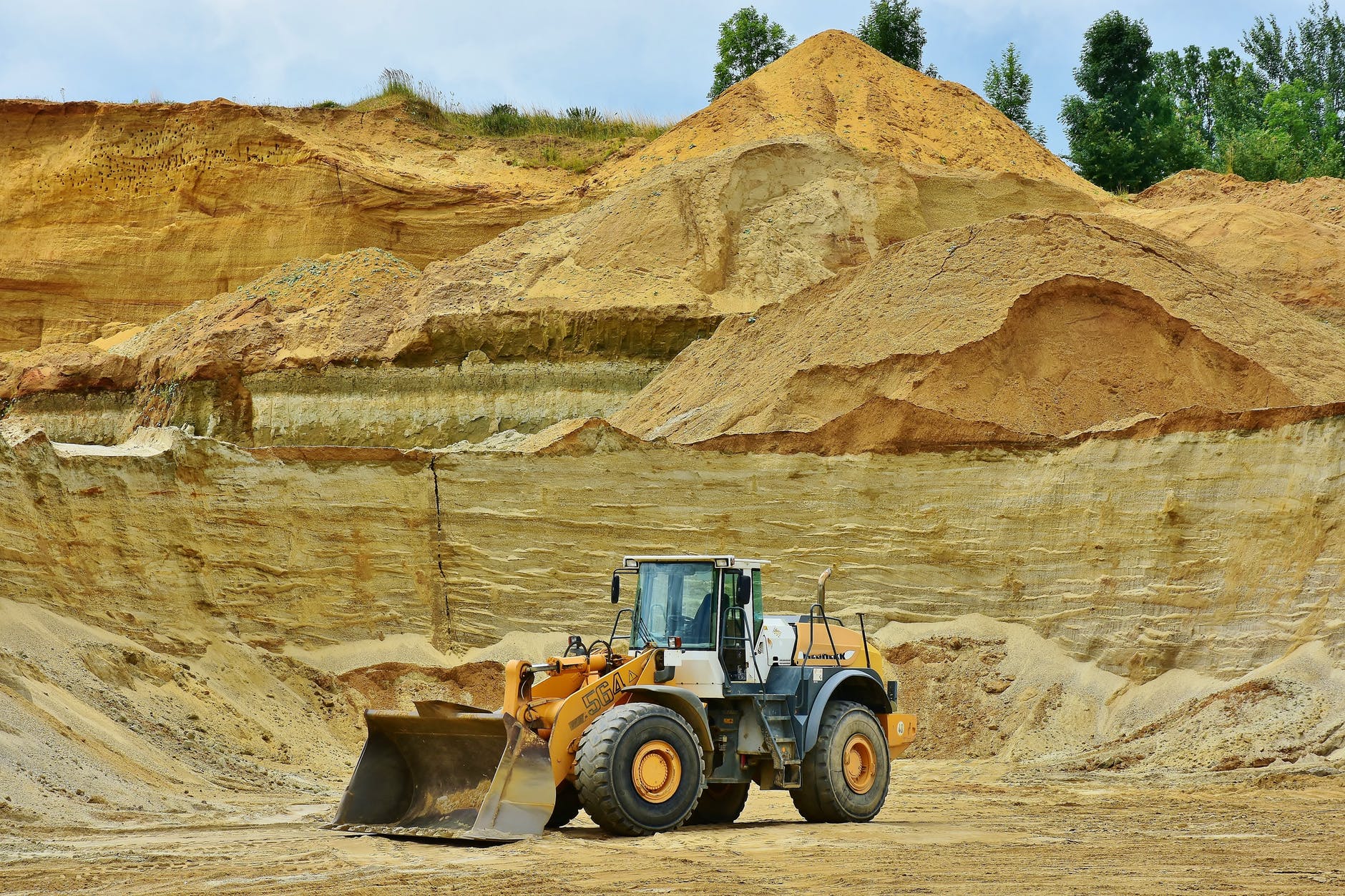The first and foremost goal of any company today is to increase their return on investment to the greatest possible extent as the market is continuously evolving. With new products and services entering the market every day, you have to make sure to invest in research development of new technologies that can help reduce production costs and improve your ROI. The lifting industry is no exception to this.
From cloud computing and robotics to automation and engineered lifting accessories in rigging, technology has touched almost every aspect of the material handling industry. In other words, technology is fast becoming increasingly important.
Let’s see how technology is making lifting and rigging safer and more efficient.
Engineered Systems
An engineered system comprises different devices and tools that work synchronously to perform the desired function. You can use these systems to handle a variety of tasks, including lifting, moving, retrieval, and storage. From manufacturing to warehousing, engineered systems have applications in various industries. The following three engineered systems are currently making waves:
Automated Storage and Retrieval System (AS/RS)
Automated Storage and Retrieval System (AS/RS) is one of the most common examples of engineered systems. These are computer-controlled systems designed to place and retrieve different objects from the storage. As a result, you can find them in most modern warehouses, industrial storage buildings, and manufacturing facilities.
The most common application, as one may imagine, is order picking and storage in warehouses. You can also use them to hold parts until shipping them out, which is quite common when handling B2B shipments.
High accuracy and throughput are perhaps the two biggest benefits of AS/RS. It also offers ergonomic benefits to the workers as they can handle materials from a comfortable height and reach. Further, it keeps your products safe from potential damage during handling.
Automated Guided Vehicle (AGV)
Automated Guided Vehicles (AGV) are computer-controlled load carriers with wheels that do not require an operator or driver. AGVs travel along a designated path, and you can increase or decrease their speed using a control panel. From assembly lines to construction sites, you can use AGVs for almost all material handling and lifting tasks (AGVs with forklifts).
Thanks to infrared sensors, AGVs can identify obstacles in their path. So, they reduce the risk of workplace accidents and injuries. However, you can change the path as per your needs.
As they are considerably narrower than conventional forklifts, you can use them in tight storage places. You can also handle products gently with AGVs and ensure on-time delivery across your production unit. You can scale up or down the number of AGVs as and when needed.
Vertical Lift System
This type of engineered system is designed to utilize the vertical storage space in buildings and warehouses. Usually, Vertical Lift Systems are used in manufacturing plants and along assembly lines for buffer storage, which hold raw material, components, or semi-finished parts.
The primary component of a VLS is the extractor, which retrieves and places the container in the desired place. Depending on the type of storage material, you can also modify VLS systems. For example, you can use a Vertical Lift Module (VLM) to store loose items in containers and trays with a centralized inserter or extractor.
This system offers higher productivity and reach, allowing you to utilize maximums storage space. Just like AS/RS, it also offers ergonomic benefits to workers. You can collect and deposit the material from a safe height and reach.
Challenges in Implementing Technologies
While these computer and AI-based technologies are making headway into the lifting and material handling industry, they also come with a few challenges of their own.
Anticipating Potential Issues
Irrespective of how well-planned your approach is, implementing any technology is going to be a bumpy ride. You will need to build your system up gradually. For example, you can try in on one assembly line before launching it across the manufacturing plant.
Make sure to carry out performance analysis to see whether implementing the technology is worth the time, effort, and resources. Also, involve all the concerned parties in the process to ensure you get feedback from them. It can help improve the system further. Conduct safety audits at every stage to keep your workers and products safe.
Mitigating Cybersecurity Risks
As software, along with internet connectivity, is a significant component of modern material handling technologies, there is a higher cybersecurity risk. So, you have to make sure all your employees are well aware of the best data-handling practices.
You also need to implement the Secure Software Lifecycle Development Program (SSLD) to identify and repair security issues before they cause any damage. Whether it is a physically segmented network or a wireless one, you should use end-to-end encryption for all your applications, including email and internal message boards.
Create a multi-factor authentication system to prevent unauthorized access to any of your engineered systems. You can also use AI-based security solutions such as firewalls and anti-virus to keep your systems safe.
Sandy Funches is a freelance writer who enjoys writing. Writing is of utmost importance to her as doing so helps her educate people by spreading her knowledge.

















































































































































































